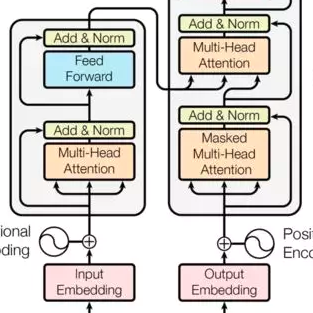Coherence is an important aspect of text quality and is crucial for ensuring its readability. It is essential desirable for outputs from text generation systems like summarization, question answering, machine translation, question generation, table-to-text, etc. An automated coherence scoring model is also helpful in essay scoring or providing writing feedback. A large body of previous work has leveraged entity-based methods, syntactic patterns, discourse relations, and more recently traditional deep learning architectures for text coherence assessment. Previous work suffers from drawbacks like the inability to handle long-range dependencies, out-of-vocabulary words, or model sequence information. We hypothesize that coherence assessment is a cognitively complex task that requires deeper models and can benefit from other related tasks. Accordingly, in this paper, we propose four different Transformer-based architectures for the task: vanilla Transformer, hierarchical Transformer, multi-task learning-based model, and a model with fact-based input representation. Our experiments with popular benchmark datasets across multiple domains on four different coherence assessment tasks demonstrate that our models achieve state-of-the-art results outperforming existing models by a good margin.
翻译:文本一致性是文本质量的一个重要方面,对于确保其可读性至关重要。对于文本生成系统的产出来说,如摘要化、问答、机器翻译、问题生成、表格对文本等,这是至关重要的。自动一致性评分模式也有助于作文评分或提供书面反馈。以前的大量工作利用了基于实体的方法、综合模式、谈话关系以及最近传统的深层次学习结构来进行文本一致性评估。以往的工作存在缺陷,例如无法处理远程依赖性、词汇外或模式序列信息。我们假设一致性评估是一项认知上复杂的任务,需要更深的模型,并能从其他相关任务中受益。因此,在本文件中,我们为这项任务提出了四种不同的基于变换器结构:香草变换器、等级变压器、多任务学习模型和基于事实的投入代表模型。我们用四个不同的一致性评估任务在多个领域对流行的基准数据集进行的实验表明,我们的模型取得了以良好幅度取代现有模型的状态结果。





